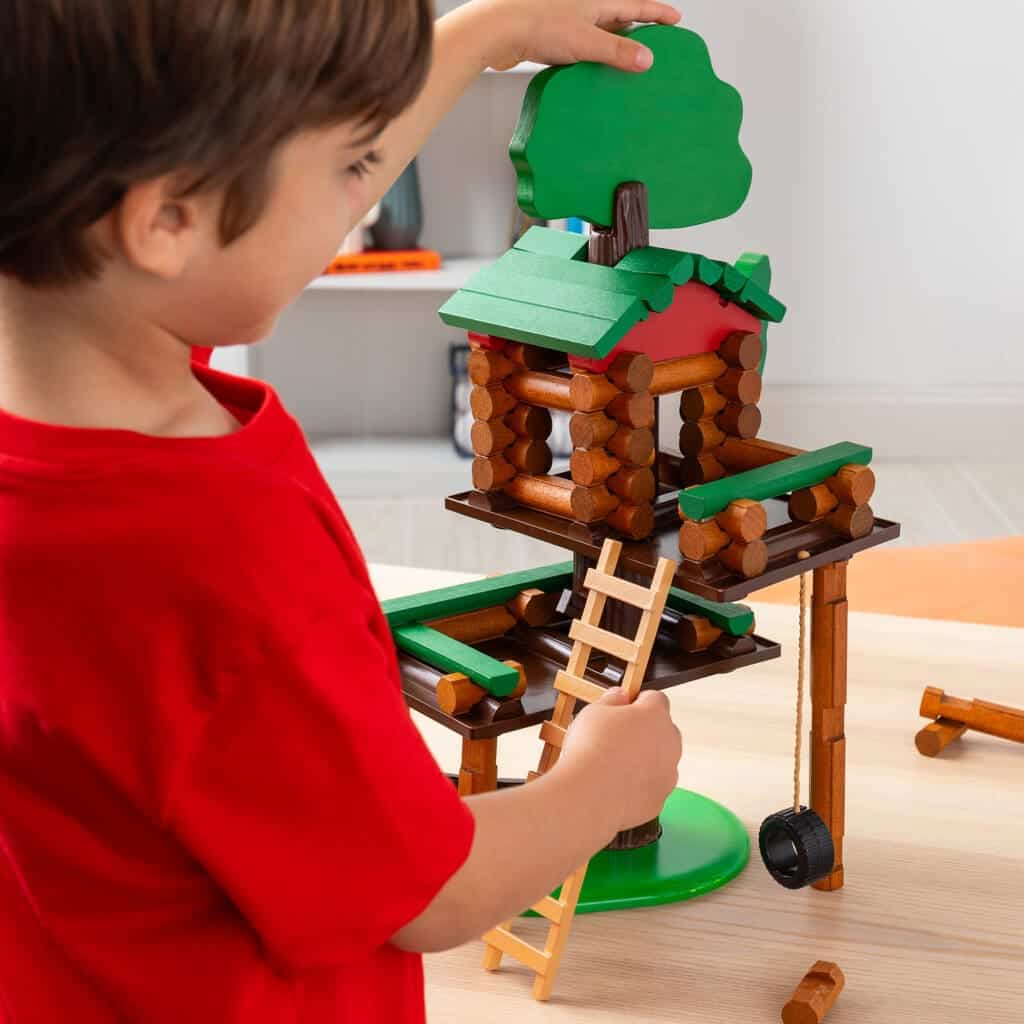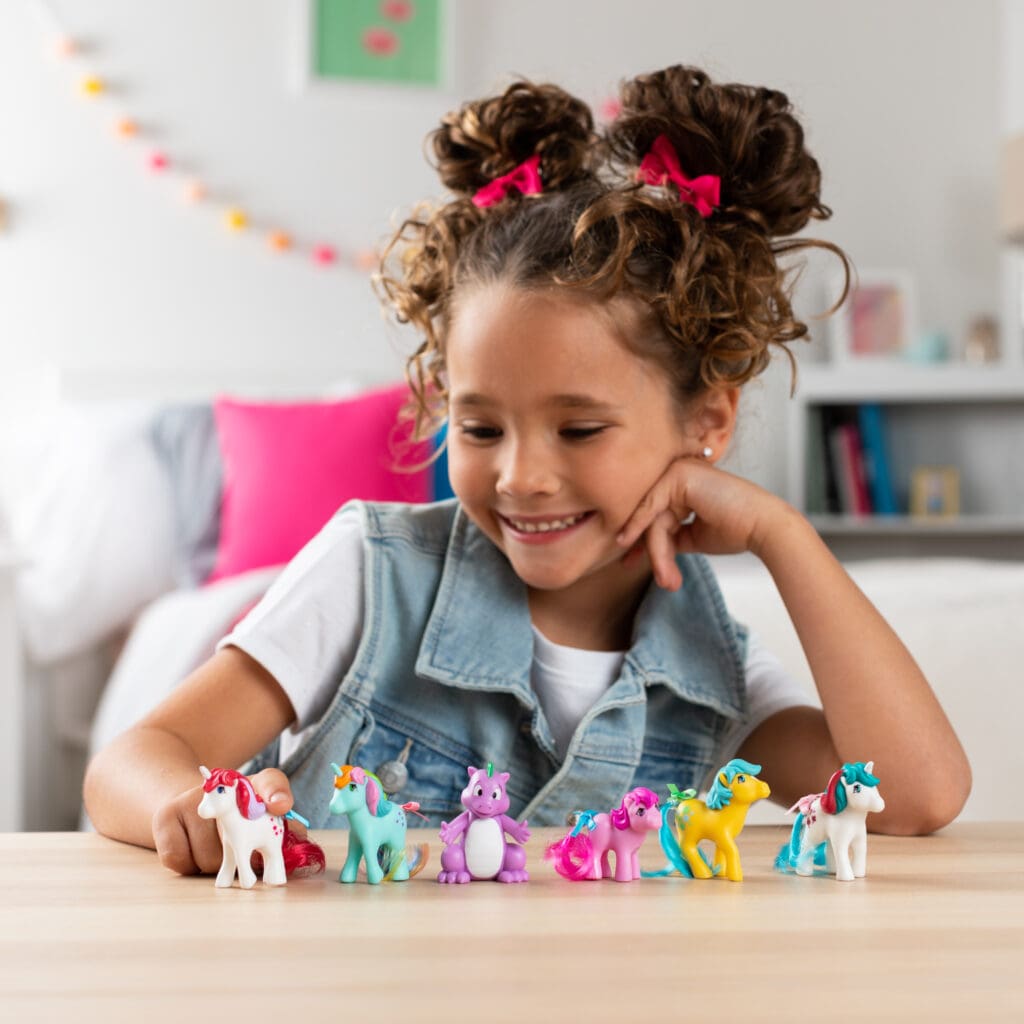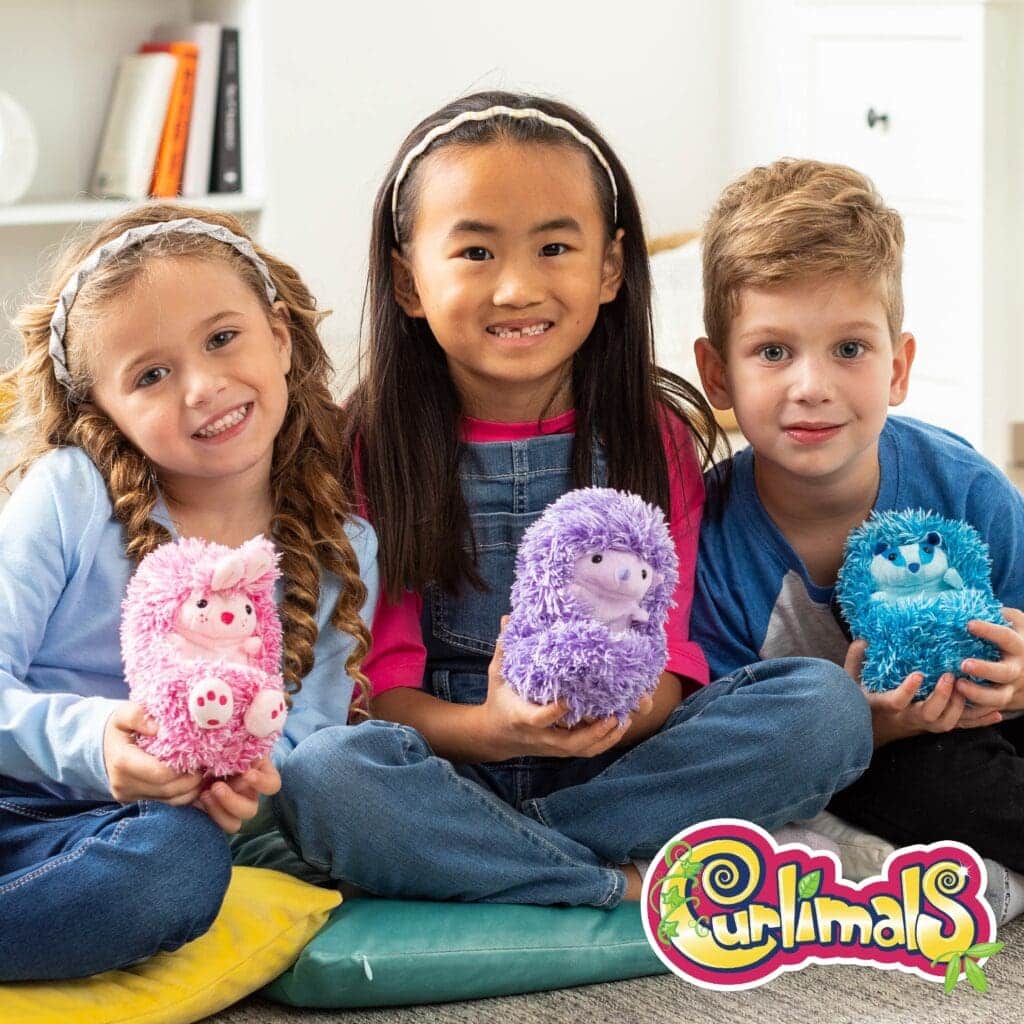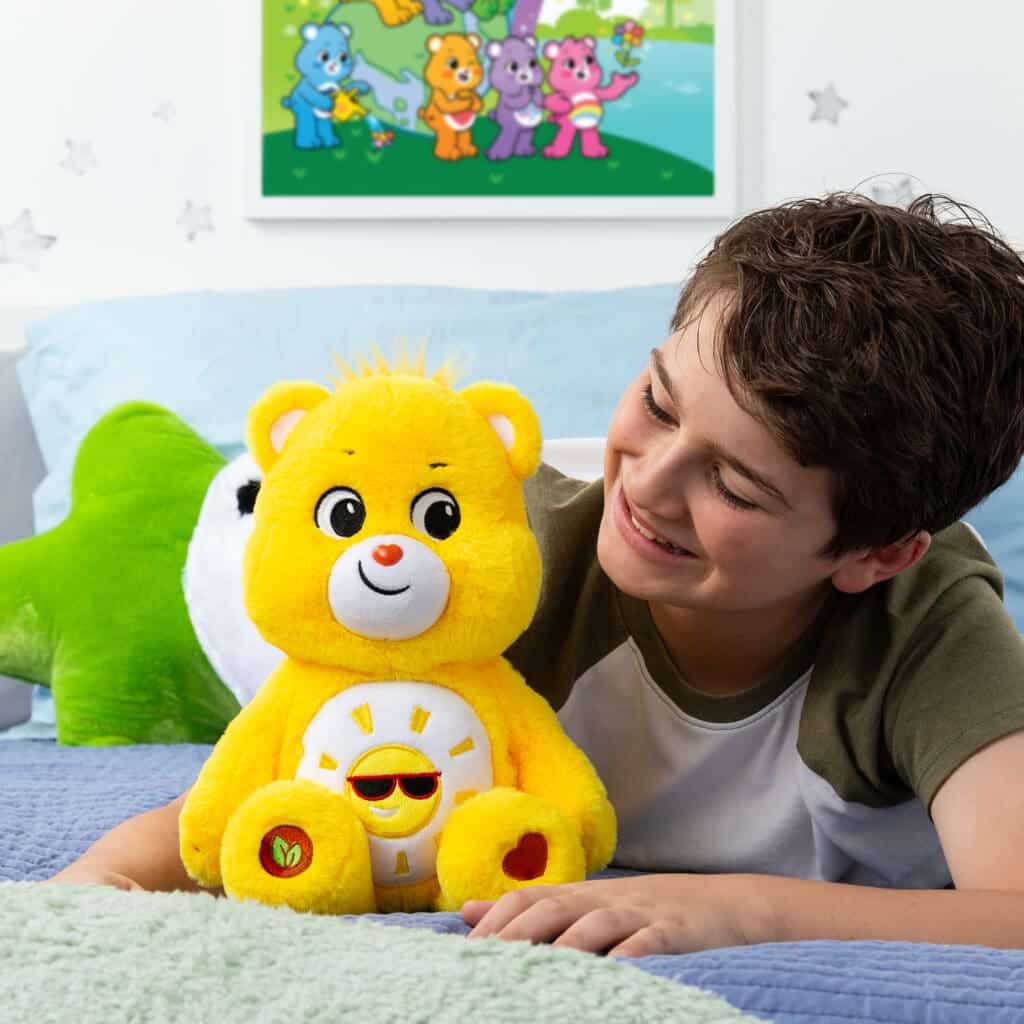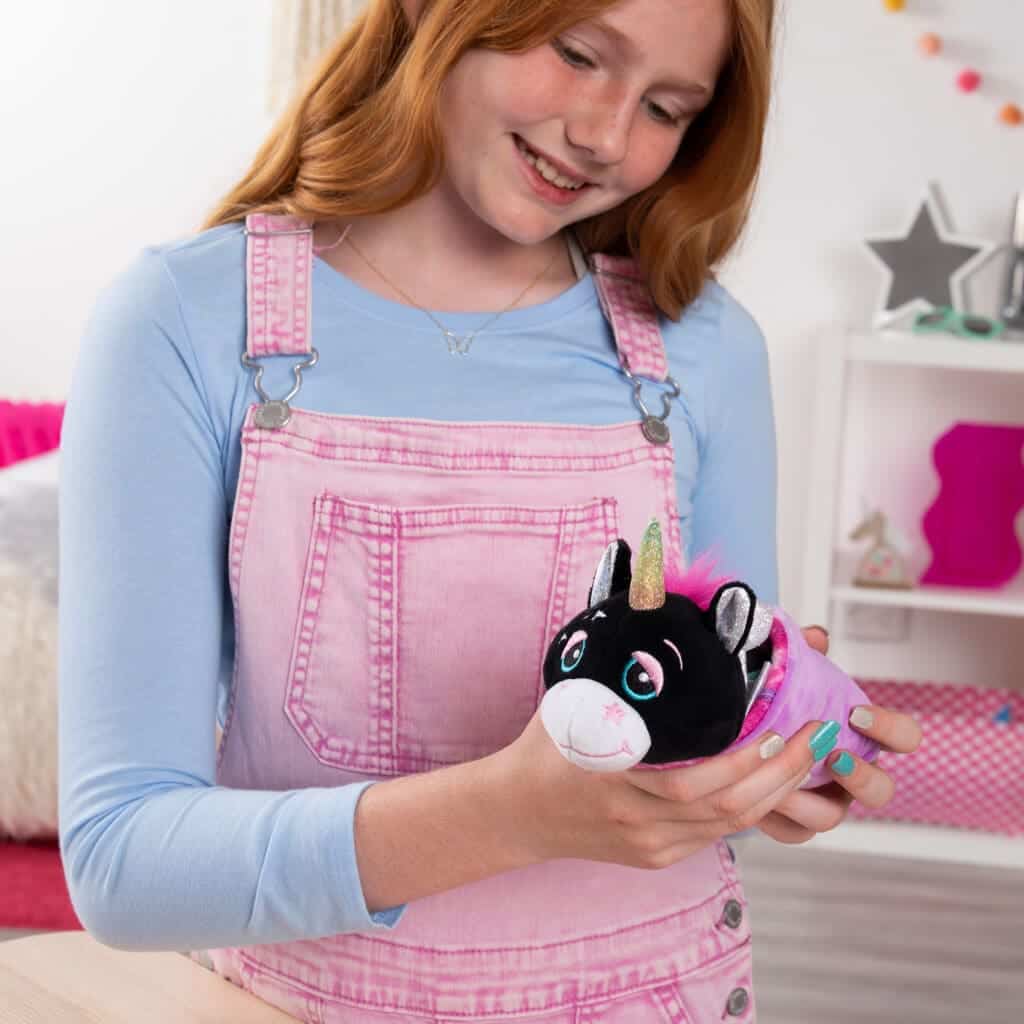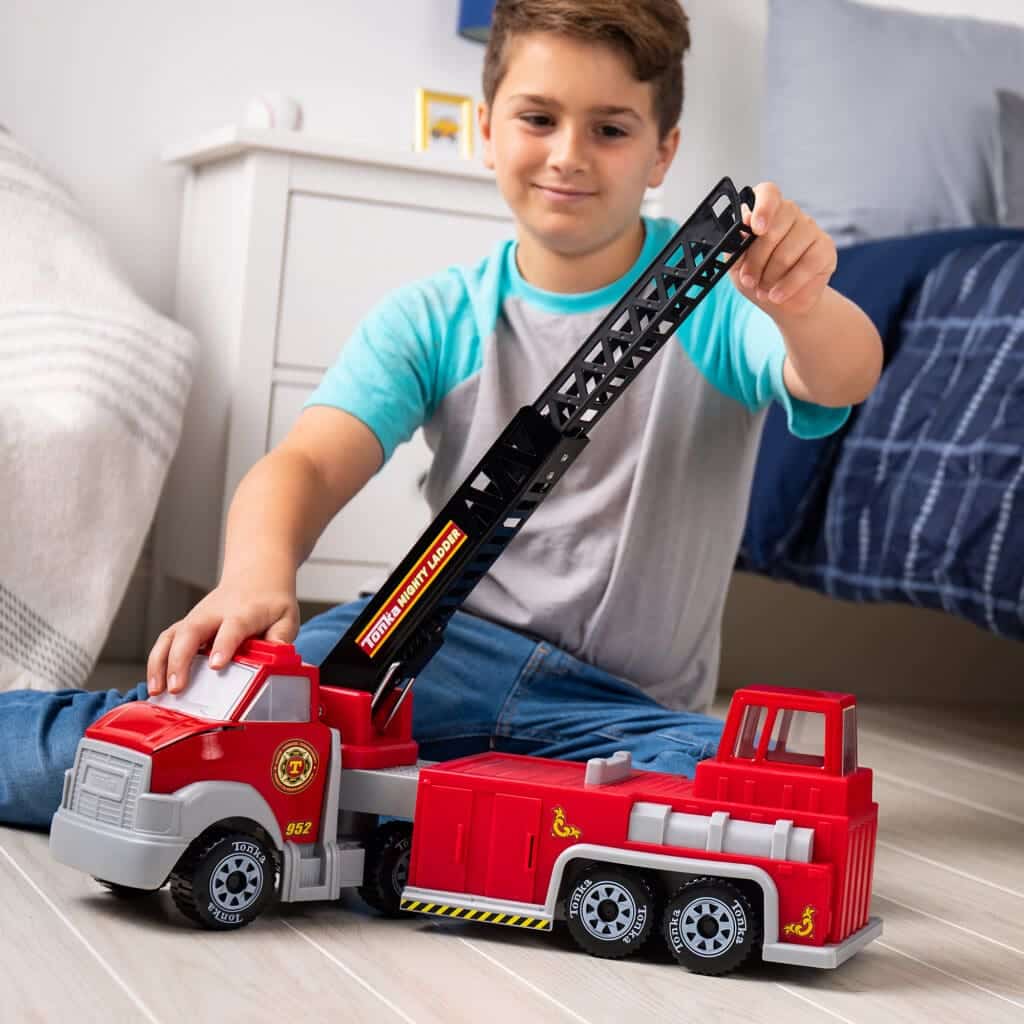
Disinfecting Toys for Safer and Healthier Play
At Basic Fun!, we understand the importance of keeping your child’s play environment clean and safe. Children’s toys can easily become a breeding ground for germs, especially when they are shared among friends or taken on outdoor adventures. Regularly disinfecting toys not only helps maintain their condition but also ensures a healthier play experience for your little ones. Here’s a comprehensive guide on how to disinfect all types of children’s toys.
Why Disinfecting Toys is Important
Toys are a vital part of childhood, offering both fun and educational value. However, they can also harbor bacteria, viruses, and allergens. Regular cleaning and disinfecting:
- Reduces the risk of infections and illnesses.
- Maintains the longevity and appearance of the toys.
- Ensures a safer environment for play, especially for younger children who are more prone to putting toys in their mouths.
General Tips for Disinfecting Toys
- Frequency: Clean and disinfect toys regularly, especially after playdates, if a child has been sick, or if the toys have been exposed to dirt.
- Safe Products: Use child-safe cleaning and disinfecting products. Avoid harsh chemicals that may leave residues harmful to children.
- Drying: Ensure toys are thoroughly dried after cleaning to prevent mold and mildew.
- Storage: Keep toys in clean, dry storage areas to minimize exposure to dust and germs.
How to Disinfect Different Types of Toys
Plastic Toys
Cleaning Steps
- Surface Cleaning: Use warm soapy water and a cloth or sponge to scrub the toys. Rinse with clean water.
- Disinfecting: Wipe the toys with a disinfecting wipe or a cloth soaked in a solution of 1 tablespoon of bleach to 1 quart of water. Let them air dry.
Dishwasher-Safe Plastic Toys:
- Place the toys on the top rack of the dishwasher.
- Use a normal wash cycle with a heated dry setting.
Electronic Toys
Cleaning Steps
- Surface Cleaning: Turn off and remove batteries if possible. Use a cloth dampened with soapy water to wipe the surface.
- Disinfecting: Use a disinfecting wipe or a cloth dampened with a disinfectant solution. Avoid getting moisture into the electronic components. Allow the toy to air dry completely before reassembling and turning it back on
Stuffed Animals and Plush Toys
Cleaning Steps:
- Machine Washing: Check the care label first. Place the toy in a mesh laundry bag or pillowcase. Use a gentle cycle with cold water and mild detergent.
- Hand Washing: Use warm soapy water, gently scrub, and rinse thoroughly.
- Disinfecting: Add a small amount of disinfectant (safe for fabrics) to the wash cycle or spray the toy lightly with a fabric-safe disinfectant spray.
Drying:
- Air dry the toys completely or use a dryer on a low heat setting with dryer balls to help fluff the toys.
Wooden Toys
Cleaning Steps:
- Surface Cleaning: Wipe with a cloth dampened with soapy water.
- Disinfecting: Wipe the toys with a cloth soaked in a vinegar and water solution (1 part vinegar to 10 parts water) or use a child-safe disinfecting spray. Avoid soaking the wood as excessive moisture can damage it. Let air dry.
Bath Toys
Cleaning Steps:
- Surface Cleaning: Wash with warm soapy water and a sponge.
- Disinfecting: Soak the toys in a solution of 1 part vinegar to 1 part water for 10-15 minutes. Rinse thoroughly and squeeze out any excess water. Alternatively, you can soak the toys in a bleach solution (1 tablespoon of bleach to 1 gallon of water) for 10 minutes. Rinse thoroughly and let air dry.
Preventing Mold:
- Ensure toys are completely dry after each use.
- Store bath toys in a well-ventilated area.


